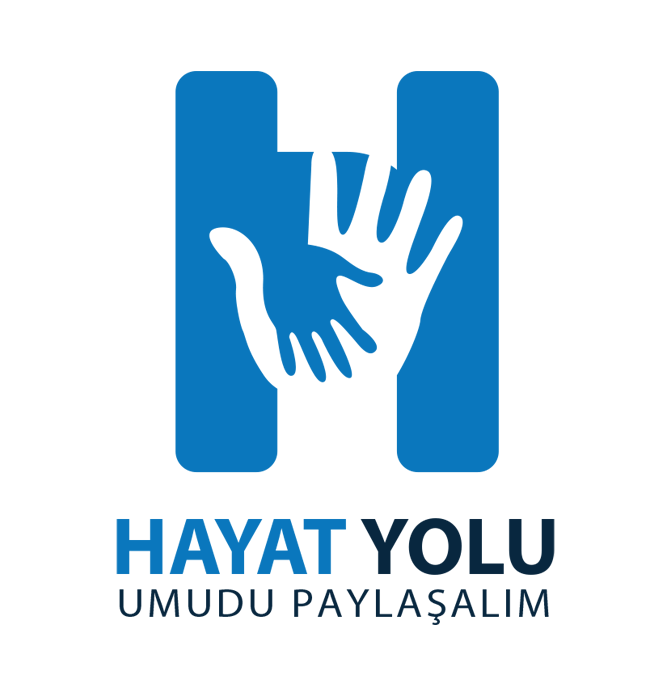The humanitarian crisis in the Gaza Strip, worsened by the ongoing aggression, is increasingly difficult for the Gaza people. They have endured relentless bombing for over forty days since October 7
In this comprehensive article, we will delve into the multitude of challenges faced by the population, from ravaged infrastructure and a collapsed healthcare system to exacerbated fuel shortages and heightened hostilities. We’ll mainly focus on the impacts on the most vulnerable groups, including children, women, newborns, and those with chronic illnesses.
As we explore a deeper aspect of the widespread headlines and figures on innocent casualties and the continuing aggression and bombing, we will talk about the impact of the crisis of severe water, sanitation and hygiene shortages, as well as the crisis of displacement and shelter. The depth of suffering in the sector becomes painfully evident.
This article also serves as an invitation to understand the depth of the crisis impacting lives in Gaza, and a call for both moral and material support for the affected people.
1- Complete blockade of Gaza since October 7
1.1- Gaza blockade history
After enduring a blockade for over 15 years, the Gaza Strip, since October 7, 2023, has faced intensified restrictions. The imposed blockade hinders civilian movement, cuts off essential resources like water, electricity, and communications, and blocks the entry of humanitarian aid, food, and medicine, particularly through the Rafah crossing.
1.2- Gaza people under siege
All this is in view of the ongoing aggression and aerial and artillery bombardment of civilians, which has constituted a stifling and unprecedented humanitarian crisis for more than 2.2 million people living in the Strip. International and human rights organizations condemned the embargo, considering it “collective punishment”, which must be lifted under international humanitarian law.
As the blockade continues, suffering is increasing by the day, with hospitals lacking medical supplies and schools becoming shelters for displaced populations whose homes have been destroyed.
2- Destruction of the health-care system’s infrastructure
The continued aggression has severely damaged Gaza’s healthcare infrastructure. Hospitals, already struggling to provide emergency care to those injured in the aerial bombardment, now face acute shortages of supplies and resources, critically impacting their ability to treat the injured, many of whom are women and children.
The International Rescue Committee (IRC) has raised alarms regarding the dire lack of clean water and adequate sanitation in Gaza, highlighting the risk of disease outbreaks, including cholera and typhoid. Additionally, the World Health Organization (WHO) warns that, under these conditions, basic infection control becomes nearly impossible, posing significant risks of infection transmission among health-care workers in overcrowded facilities.
2 1. Gaza Hospitals: Destruction and Impairment
Most of Gaza’s major hospitals have been destroyed, and the remainder of them are no longer able to help those injured by fuel running out, exacerbating the crisis. As occupying forces stormed hospitals such as Al-Shifa Hospital, those hospitals were decommissioned, leading to an increase in the number of martyrs and the death of dozens of sick, wounded and premature children. The entire health system in the Gaza Strip has become collapsed, as reported by the Palestinian Red Crescent Society.
The situation escalated further. According to the Euro-Mediterranean Centre for Human Rights, the Israeli army repurposed Al-Shifa Hospital as a military barracks and a prison.
2.2. Destruction and difficulty of access
The intensification of shelling and major destruction in northern Gaza has created additional barriers to access for those in need of health care. The continued bombardment and targeting of hospital areas put the security of health workers and patients at constant risk, resulting in further injuries and deaths. WHO recorded at least 137 attacks on Gaza’s health-care facilities, resulting in many deaths and injuries, including doctors, nurses and health-care workers.
2.3. Power outages and drug scarcity
The humanitarian crisis has been exacerbated by the blockade, leading to critical shortages of essentials such as fuel, food, medicine, water, and medical supplies in Gaza. The blockade resulted in rapid consumption of spare fuel and a scarcity of electricity, seriously affecting power supplies, sewage plants and desalination plants. This lack of electricity exacerbates the paralysis of already struggling health-care facilities, making the operation of recovery and life-sustaining equipment almost impossible.
3- The impact of the disaster in Gaza on Gaza’s lives
3.1- Gaza people were forcibly displaced
More than 1.5 million people, as reported by the United Nations, have been internally displaced, driven from their homes by destruction or safety concerns. The United Nations Relief and Works Agency for Palestine Refugees in the Near East (UNRWA) is currently sheltering approximately 778,000 displaced individuals in 154 of its facilities across Gaza. This massive displacement has heavily strained resources, forcing many into overcrowded shelters or onto the streets in a struggle for survival.
3 2- Water scarcity and sanitation disruption
The aggression has seriously damaged water and sanitation facilities, undermining the population’s health services. Gaza people have barely drinking water, apart from running out of sanitation supplies in most areas of the Strip. Gaza’s most extreme population faced hunger and malnutrition, and there were fears of drought and the spread of waterborne diseases.
3.3- Impact on vulnerable groups
3.3.1- Children and families
Unfortunately, the biggest loser under this disaster is children and families. According to UNICEF reports, children die at an alarming rate, killing or injuring thousands. More than half of the 1.5 million displaced people are children, who face shortages of water, food, fuel and medicine. More than 700,000 children were displaced, leaving everything behind in this tragedy.
3.3.2- Patients with chronic diseases
The crisis has had a profound impact on chronically ill people. Normally, about 100 patients from Gaza receive daily care to meet the complex health needs of various hospitals. However, the siege and shelling of Gaza have disrupted their access to such periodic and important care. There are about 350,000 patients with chronic illnesses in Gaza, including cancer and diabetes.
3.3.3- Pregnant women and newborn children
Among all Gaza people, the situation is particularly dire for pregnant women and newborns. An estimated 50,000 pregnant women in Gaza face enormous challenges, with many not having access to necessary obstetric care and services. Shelling and the closure of health-care facilities have forced some women to give birth in precarious conditions. The closure of 25 hospitals and 52 primary health care centers have also exacerbated these challenges. Maternal mortality is expected to rise due to inadequate care, with malnutrition among pregnant women already a major problem even before the aggression escalates.
The running out of spare fuel in hospitals and the power outage caused the interruption of children’s immunizers, which claimed the lives of dozens of premature children, while the lives of hundreds of births remained at risk.
Let’s join forces to help Gaza
Call to assist Gaza People
At the heart of one of the most painful humanitarian crises, Gaza people stand as a symbol of pride and patience amid adversity. However, Gaza people cannot face these enormous challenges alone. They need your help. Through your donation, regardless of its size, we in Hayat Yolu can bring hope and tangible support to Gaza People struggle every day just to survive. You can donate now.
Vineyard infection and help
When you donate to support Gaza, you join a global community dedicated to making a meaningful difference. Your donations are vital in providing essential medical supplies to hospitals grappling with the dual challenges of conflict and blockade. They also help provide food to families facing daily food insecurity. Most importantly, your support ensures that children, the most vulnerable in any crisis, receive the education and protection they desperately need during these turbulent times. You can help now.
Message behind donation
Every donation, big or small, will create a multiplier effect. This is not just about monetary value, but about the message it sends, a message of solidarity, compassion and shared commitment to humanity. By donating, you also inspire others around you to participate in this human cause, creating a strong collective initiative for good. You can support now.
Empowerment through assistance
Remember, your donation is more than just aid; it is a tool of empowerment. It enables the Gaza people to rebuild their lives and communities, fostering self-sufficiency and helping restore the normalcy that has been shattered by the ongoing conflict. You can donate here.



